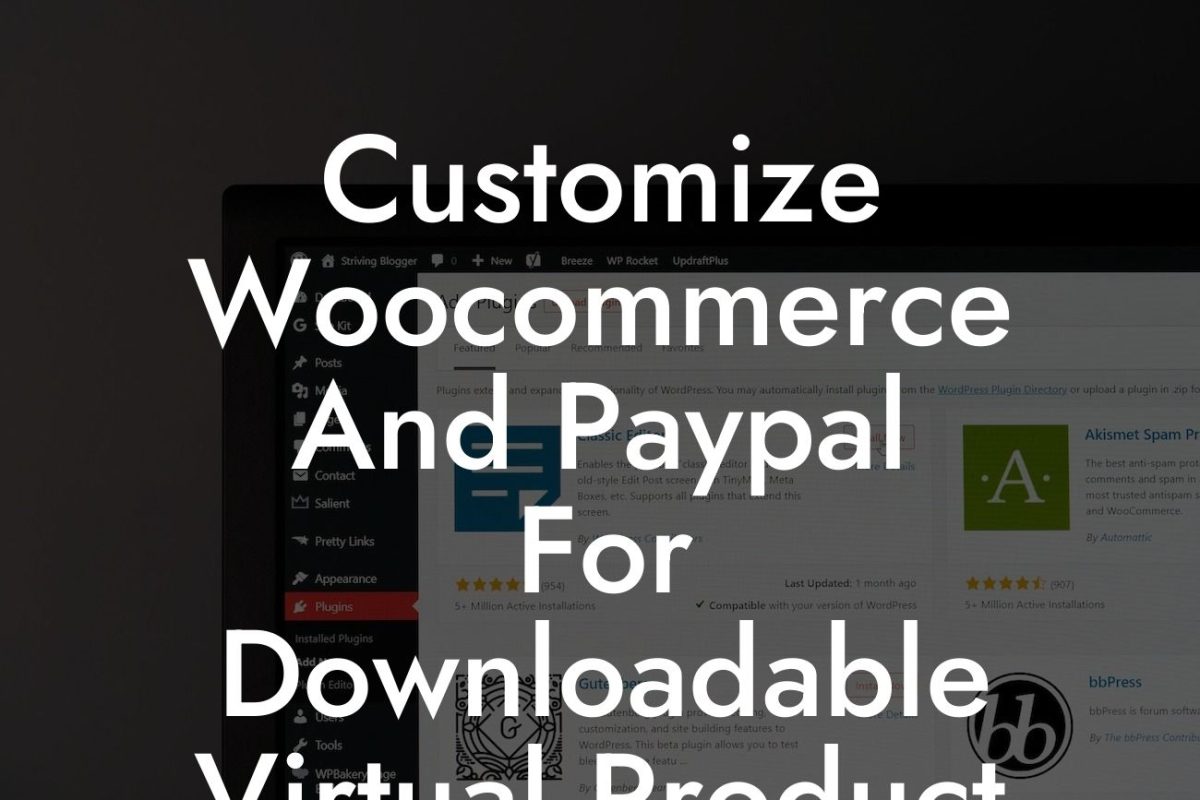Are you a small business owner or entrepreneur looking to enhance your WooCommerce store? If so, you've come to the right place! In this article, we will dive deep into the world of WooCommerce functions and learn how to hook into them to change variables. By leveraging this technique, you can customize your online store, elevate your customer experience, and ultimately increase your sales. So grab a cup of coffee and let's get started!
Hooking into WooCommerce functions allows you to modify and extend their default behavior. It's a powerful way to tailor your online store to meet your unique needs and create a standout user experience. Let's take a look at the step-by-step process:
1. Understanding WooCommerce Hooks:
WooCommerce provides a plethora of hooks that enable developers to modify various aspects of their store. These hooks act as entry points where you can inject your custom code. We'll explore some commonly used hooks and their functions, such as "woocommerce_before_single_product" and "woocommerce_after_add_to_cart_button." Each hook serves a specific purpose and opens doors to endless possibilities.
2. Identifying Variable Changes:
Looking For a Custom QuickBook Integration?
To change variables, it's essential to identify the specific ones you want to modify. WooCommerce offers a wide range of variables, including product prices, stock information, shipping options, and more. Determine the variables that align with your business goals and customer preferences. For instance, you might want to dynamically change the price of a product based on certain conditions, such as quantity or user role.
3. Creating Custom Functions:
Once you've identified the variables, it's time to create custom functions that will run when the respective hooks are triggered. These functions will contain your code to modify the variables. You can use various programming techniques, such as conditional statements, loops, and mathematical calculations, to achieve the desired changes. Don't forget to add appropriate HTML tags and CSS styling to maintain a seamless user experience.
4. Testing and Debugging:
After implementing your custom functions, it's crucial to thoroughly test and debug your changes. This ensures that your modifications work as expected and do not interfere with other functionalities of your store. WooCommerce provides useful debugging tools and error logs to help you identify and fix any issues that may arise. Additionally, seeking feedback from your customers can provide valuable insights into their experience with the modified variables.
Hook Into Woocommerce Function To Change Variable Example:
Let's say you run an online clothing store, and you want to offer bulk discounts based on the quantity of items purchased. By hooking into the WooCommerce function responsible for calculating product prices, you can dynamically adjust the price based on the number of items added to the cart. This personalized approach encourages customers to buy more, increasing both their satisfaction and your revenue.
Congratulations! You've now learned how to effectively hook into WooCommerce functions and change variables to customize your online store. By implementing these techniques, you can create a seamless shopping experience, attract more customers, and enhance your overall sales performance. Don't forget to explore DamnWoo's other guides for more valuable insights into optimizing your WordPress site for success. And if you're ready to take your online presence to the next level, give our awesome plugins a try! Share this article with others who might benefit from it, and happy hooking!













